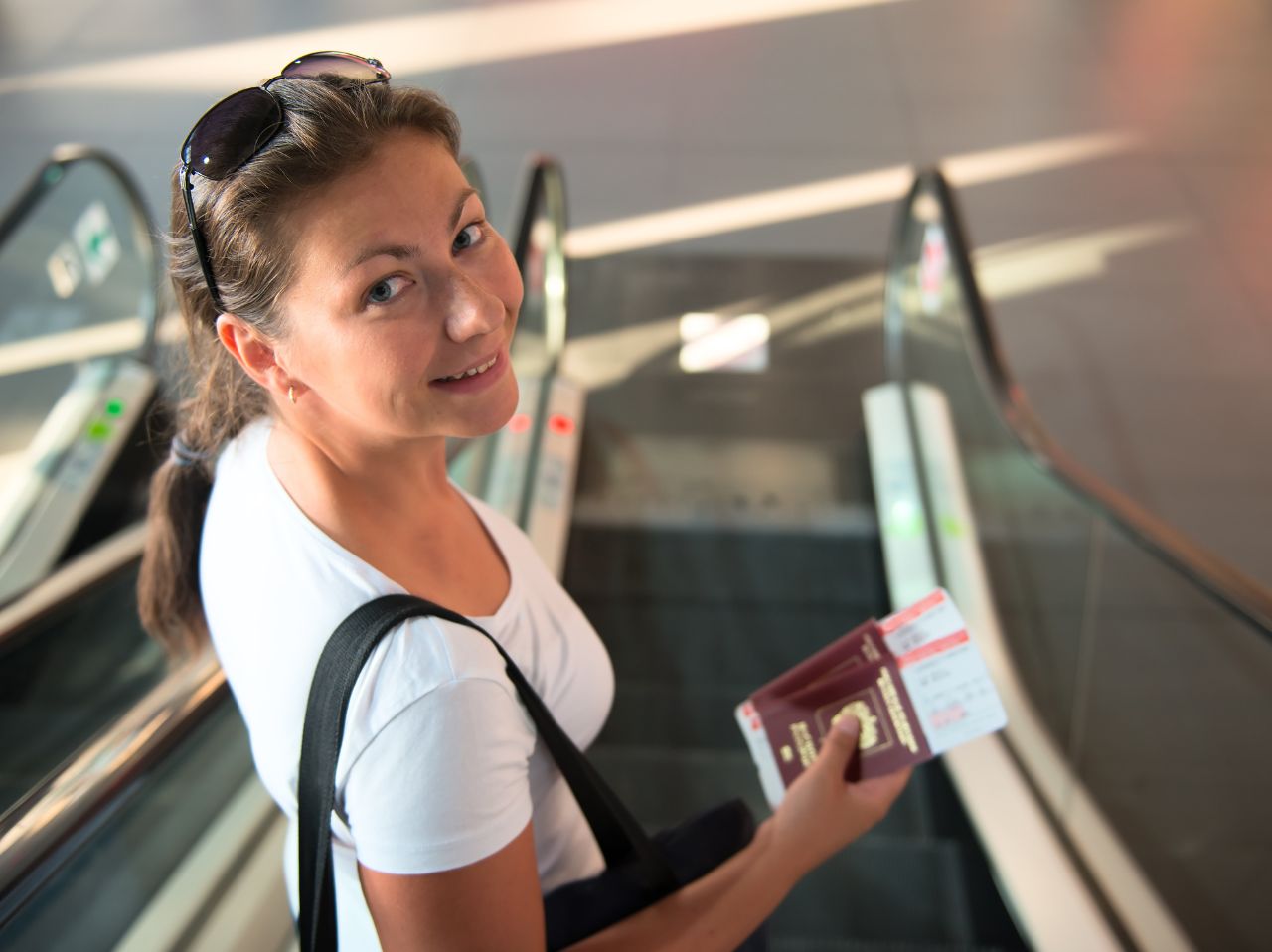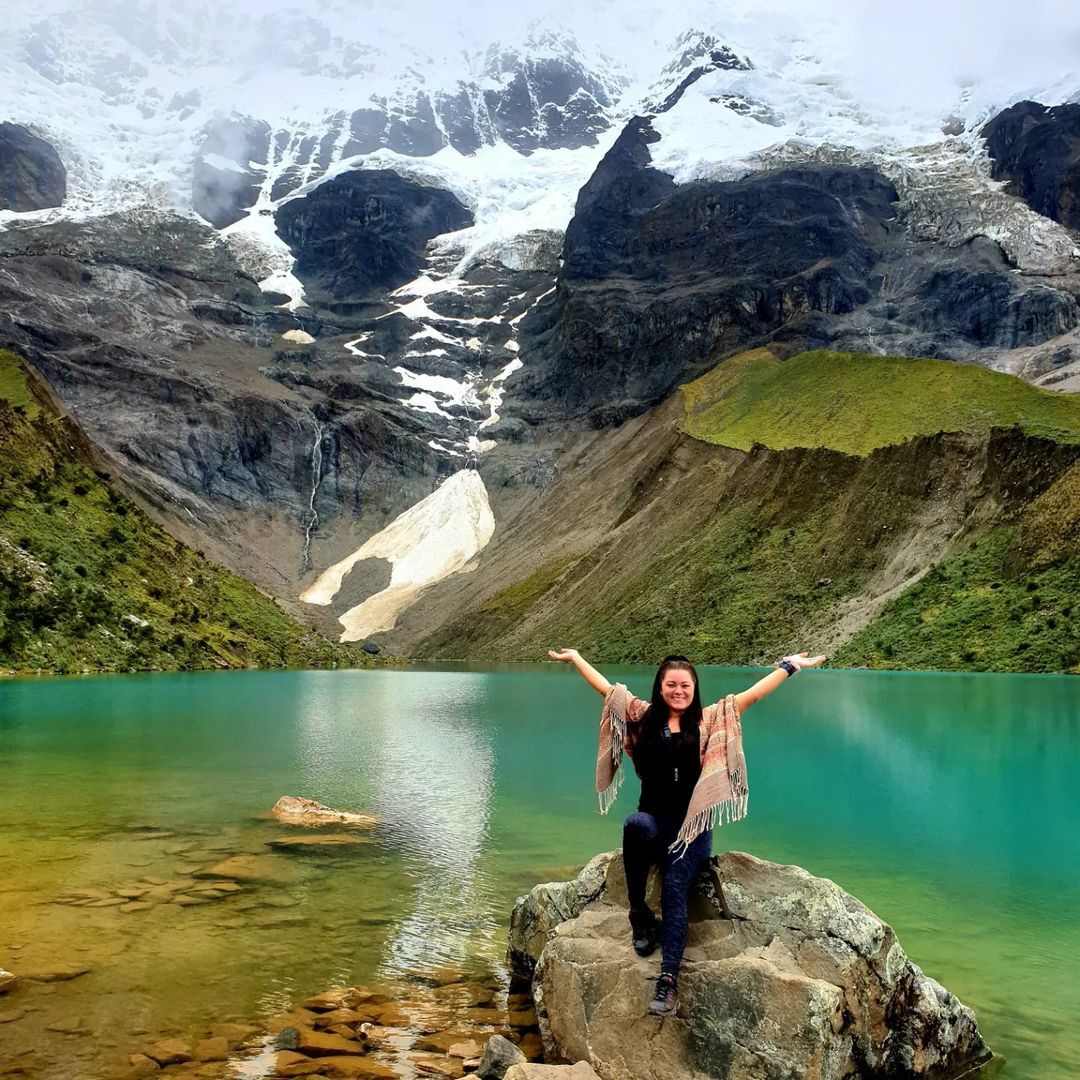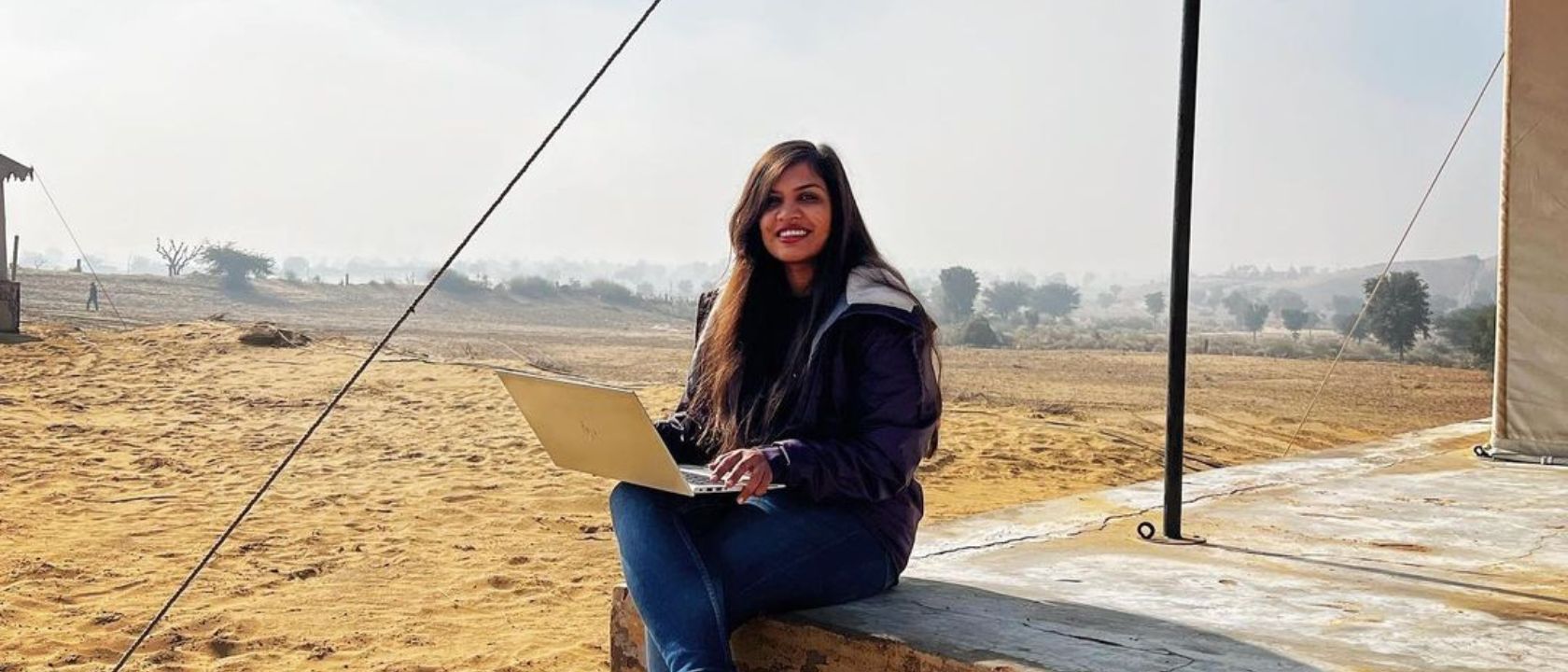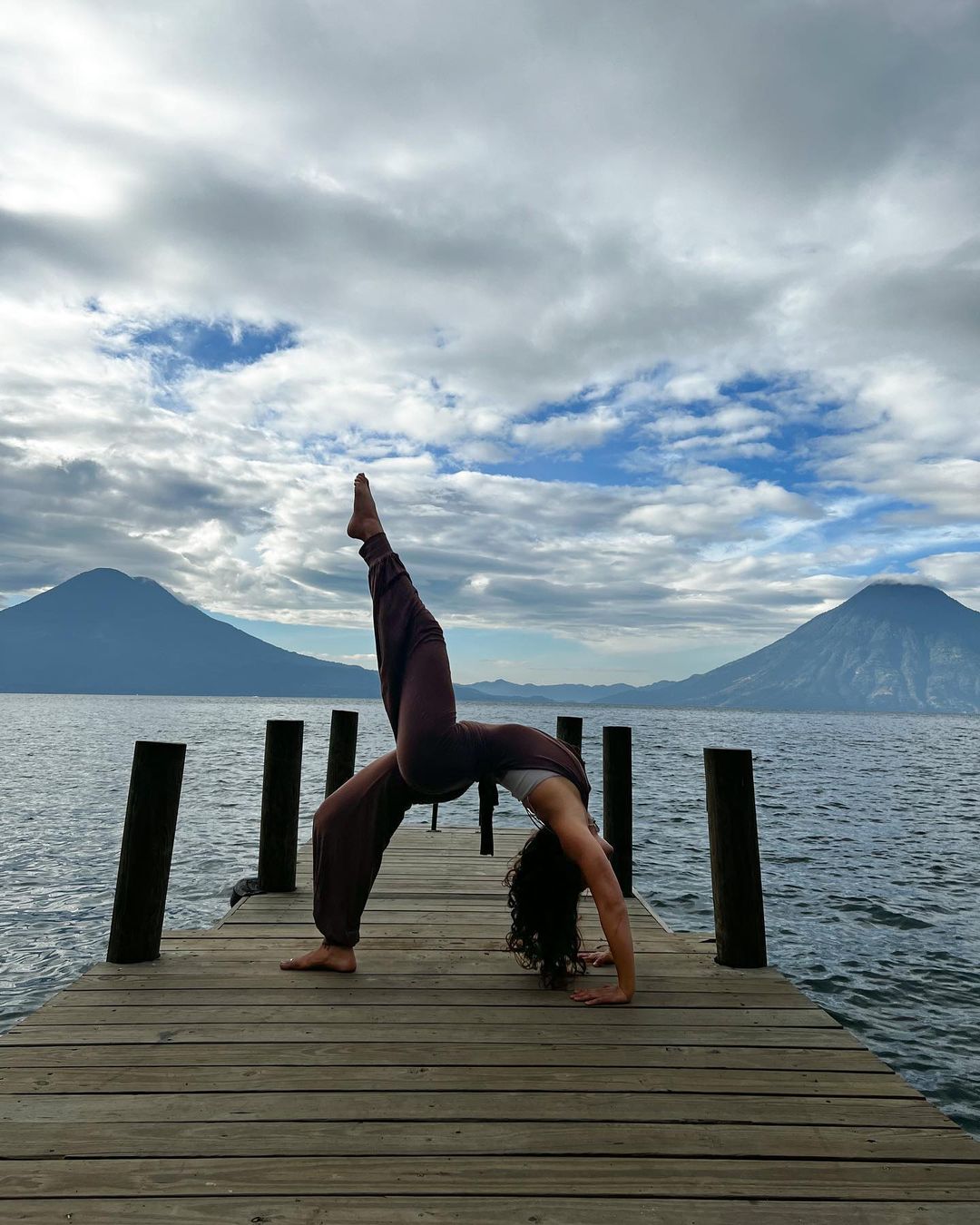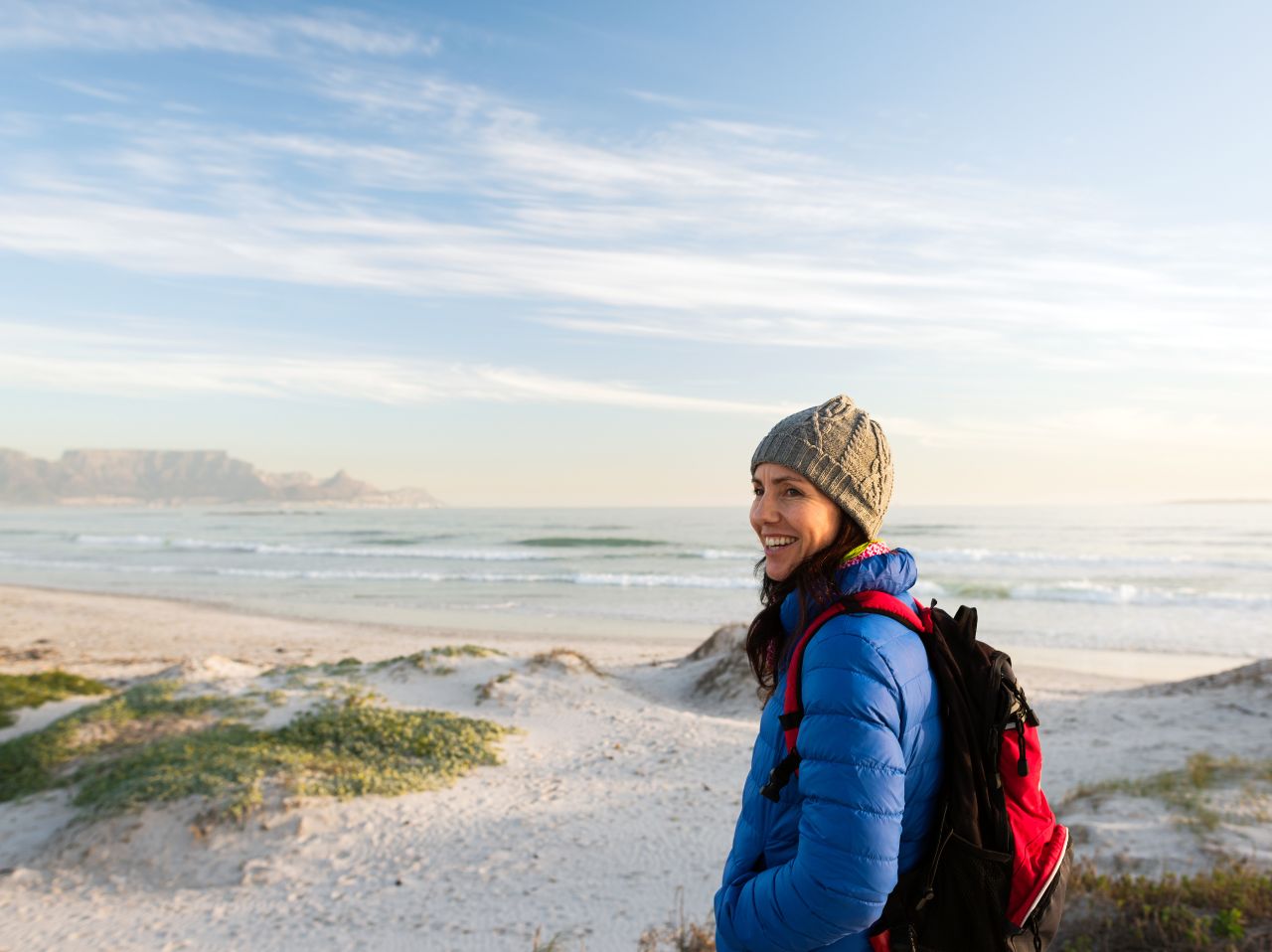
How to Book the Cheapest Flights as a Digital Nomad
As a digital nomad, one of the most essential things you need to consider is the cost of travel. Booking a flight can be quite expensive, especially if you do not know how to go about it. Fortunately, there are some ways to get around this problem, and in this blog, we will share the top ten tips for booking cheap flights.
1. Be Flexible with Your Travel Dates
One of the most effective ways to save money on flights is to be flexible with your travel dates. Often, flights are cheaper during off-peak seasons or on weekdays. Check out different dates for your destination and compare the prices. By being flexible, you can save a significant amount of money on your flights.
2. Book in Advance
Booking your flights in advance can also save you a lot of money. Generally, flights tend to be more expensive closer to the departure date. By booking in advance, you can secure the best deals and avoid last-minute price hikes. It is advisable to book your flights at least two to three months in advance.
3. Use Price Comparison Sites
Using price comparison websites is a great way to find the best deals on flights. There are several websites that allow you to compare prices from different airlines, including Kayak, SkyScanner, and Google Flights. These sites will help you find the cheapest flights for your destination, saving you both time and money.
4. Be Open to Alternative Airports
Another way to save money on flights is to be open to alternative airports. Many major cities have multiple airports and sometimes flying to a smaller airport can be cheaper. For example, if you are traveling to London, you can consider flying into Gatwick or Stansted instead of Heathrow. Check the prices of all the airports in the area and choose the one that offers the best value for money.
5. Sign Up for Airline Newsletters
Airline newsletters can be a great source of information about deals and promotions. By signing up for airline newsletters, you can be the first to know about discounts, flash sales, and other promotions. Some airlines also have exclusive discounts for their subscribers, which can help you save money on your flights.
6. Use Airline Reward Programs
Most airlines have reward programs that allow you to earn points or miles every time you fly with them. These points can be redeemed for free flights, upgrades, and other perks. If you are a frequent traveler, signing up for this reward program can save you a lot of money in the long run.
7. Book Connecting Flights
Booking connecting flights can be another way to save money on your flights. Sometimes, direct flights can be more expensive than connecting flights. Look for flights with long layovers and compare the prices. However, make sure you leave enough time between the flights to avoid missing your connecting flight.
8. Travel Light
Many airlines charge extra fees for checked baggage. By traveling light and only carrying a carry-on bag, you can save money on baggage fees. Additionally, packing light can make it easier to move around, especially if you are a digital nomad who is always on the move.
9. Consider Budget Airlines
Budget airlines can be a great way to save money on flights. While budget airlines may not offer the same level of comfort as premium, they can be significantly cheaper. Examples of budget airlines include Ryanair, EasyJet, and Southwest Airlines.
10. Book Round-Trip Flights
Booking round-trip flights can be cheaper than booking one-way flights. Airlines often offer discounts for round-trip flights, which can help you save money. Additionally, booking a round-trip flight can be more convenient, especially if you are traveling for an extended period.
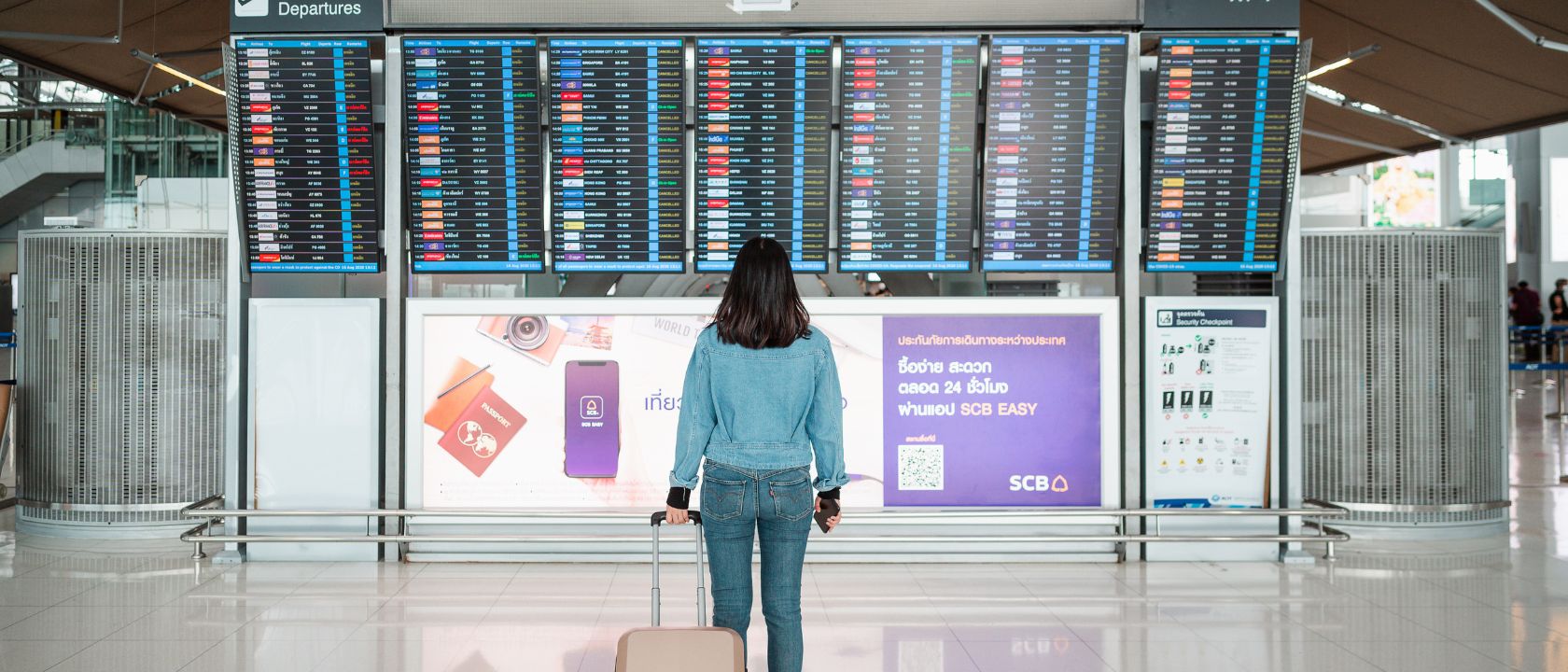
● Google Flights don’t sell plane tickets but offers bookings made directly with the relevant airline or online travel agency.
● Dollar Flight Club is a subscription travel service that alerts you about the world’s cheapest flights.
● SkipLagged shows you the best rates on airfare and hotels. They show you flights not typically seen on most websites.
● Kayak scans for prices on hundreds of travel sites so you can compare your options for the same flights, hotel, or rental car.
● Orbitz is an app and website that lets you quickly and easily search and book flights, hotels, rental cars, and activities.
● Skyscanner is a travel search engine that helps you find the best travel options and redirects you to the airline or travel agency for direct booking.
● Kiwi breaks downs the buried to low-cost travel by finding cheap travel options.
● Cheapflights offers the widest range of flight deals to help you pick the options that best meet your particular needs.
● Flights Finder compares up to 10 leading metasearch engines for the best deals and cheapest flights from one single dashboard.
● Momondo shows you an overview of available travel options, and the latest available prices, and lets you choose the offer you prefer.
Happy Flying!
As a digital nomad, travel is an essential part of your lifestyle, we hope these tips will help you book cheaper flights for your future travels.
